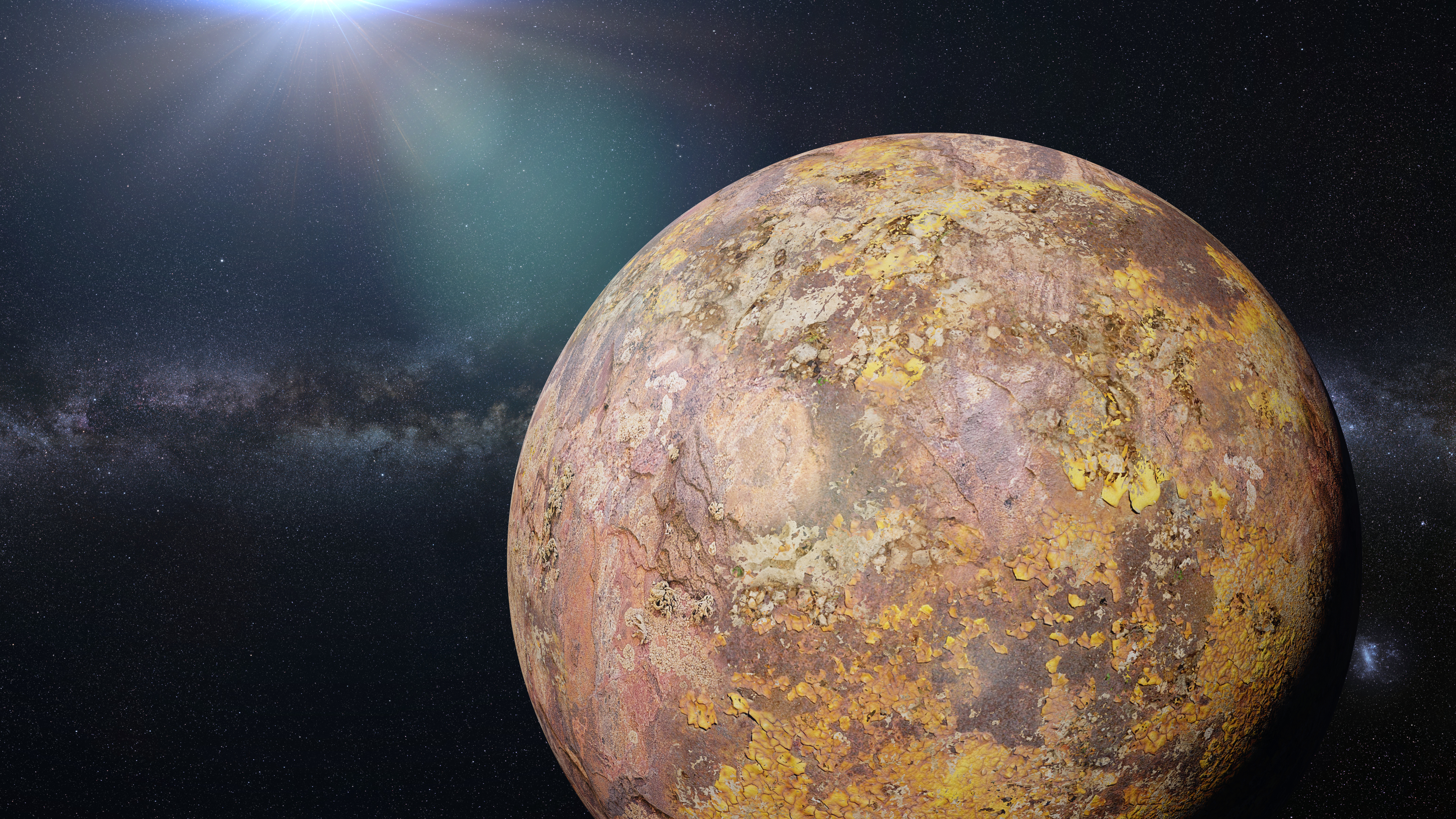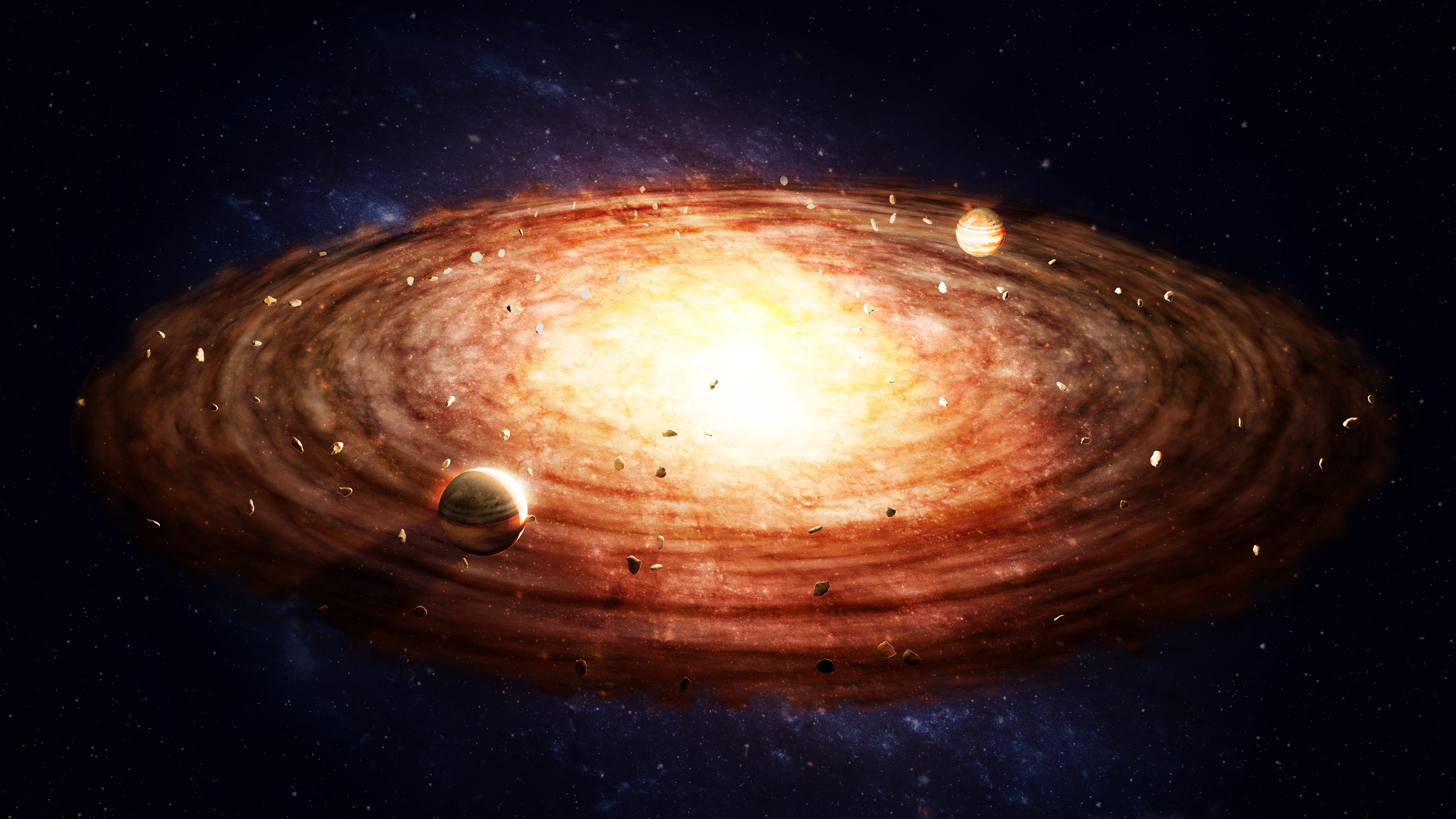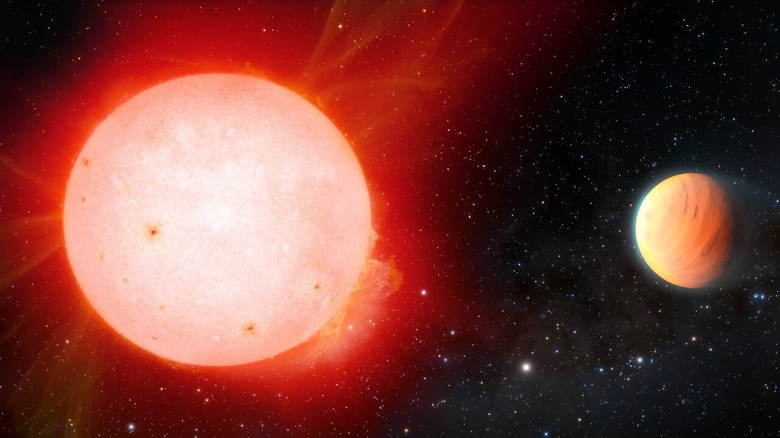Astronomers Discovered Over 200 New Planets In 2022
It has been an excellent year for astronomers. Not only did we get the first images from James Webb, but the space telescope also managed to capture some of the best space images of 2022 during its six months of work this year. On top of that, astronomers also discovered over 200 new planets in 2022, bringing the total known exoplanets up to over 5,000.
The quest to find another world like Earth has been ongoing for decades, but the technology and techniques we use to discover planets have constantly evolved. With the launch of the James Webb space telescope at the end of 2021, astronomers finally took a massive leap forward in their quest to discover more exoplanets.

As a result, the total number of exoplanets we've discovered has grown to 5,235, with 200 new planets being discovered in 2022 alone. Many of these planets were found using a variety of space exploration missions, like the Atacama Large Millimeter/submillimeter Array in Chile, The James Webb telescope, and more.
Even more intriguingly, though, out of these 200 new planets and the other almost 5,000 exoplanets we have confirmed, only around four percent are believed to be rocky worlds like Earth and Mars. The rest are more akin to gas giants like Jupiter and other types of planets that aren't suitable for human exploration with our current technology.
The growing list of new planets discovered in 2022 also comes with its own array of super-Earths, which are possibly rocky worlds bigger than our own, as well as smaller versions of our solar system's Neptune, which we hilariously refer to as mini-Neptunes.

Of the discoveries we've made this year, astronomers have taken note of an exoplanet spiraling into its star, as well as two worlds that we believe to be water worlds. On top of discovering tons of new planets in 2022, we've also learned more about the exoplanets we found previously.
For instance, astronomers took a closer look at planets like GJ 1252b, which was discovered two years ago, could help make the search for alien life easier. Other new exoplanets found this year could also change everything we know about planetary formation.
With the James Webb space telescope up and fully operational now, though, and an entire new year ahead of us for space exploration, it's possible we could see the number of new planets discovered in 2023 breaking this year's list by a large margin. And, if that happens, perhaps we'll see even more changes to how we view our universe.
You can get a better idea of all the new planets discovered in 2022 by checking out the NASA Exoplanet Archives.
